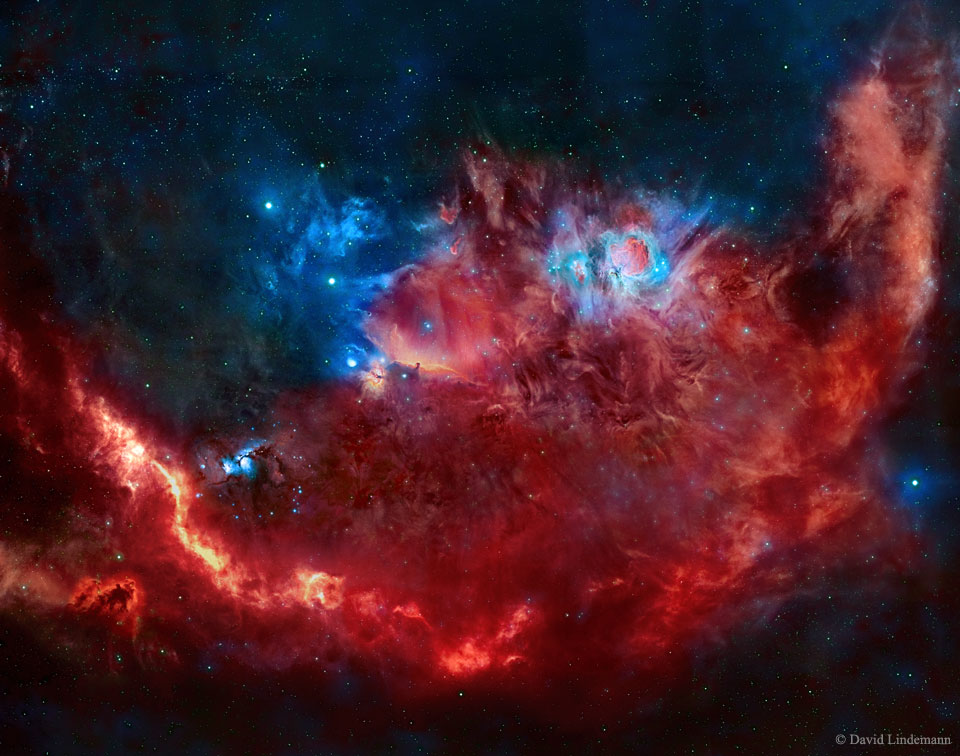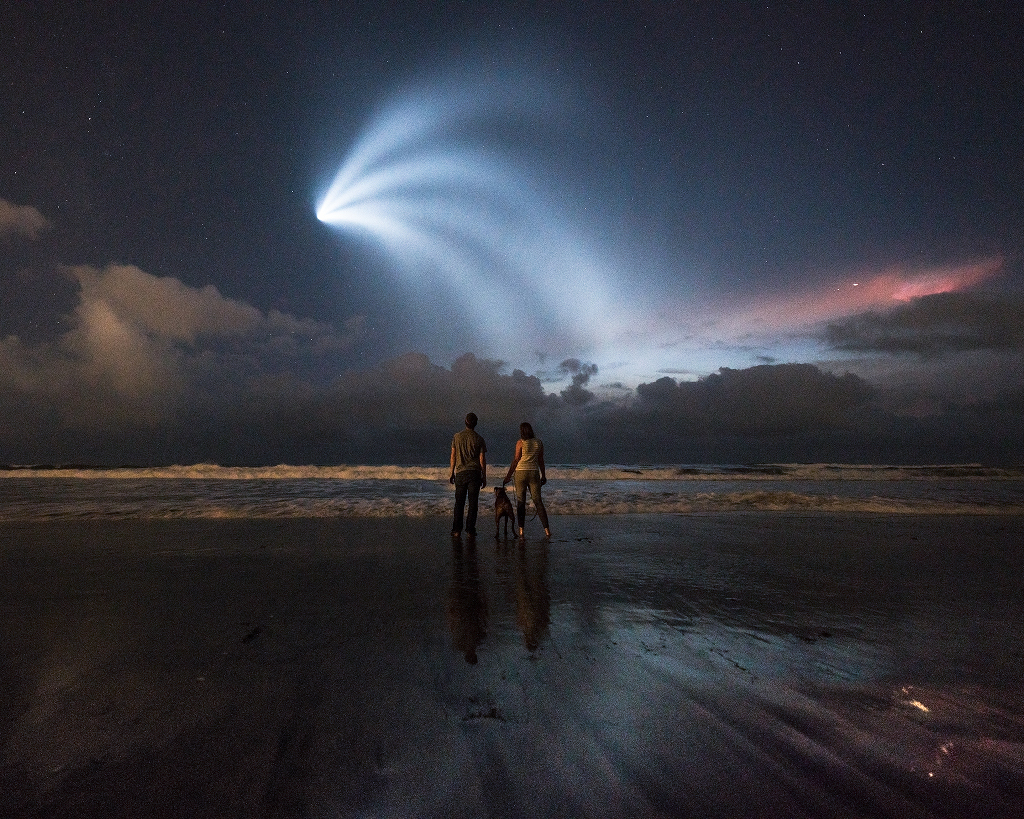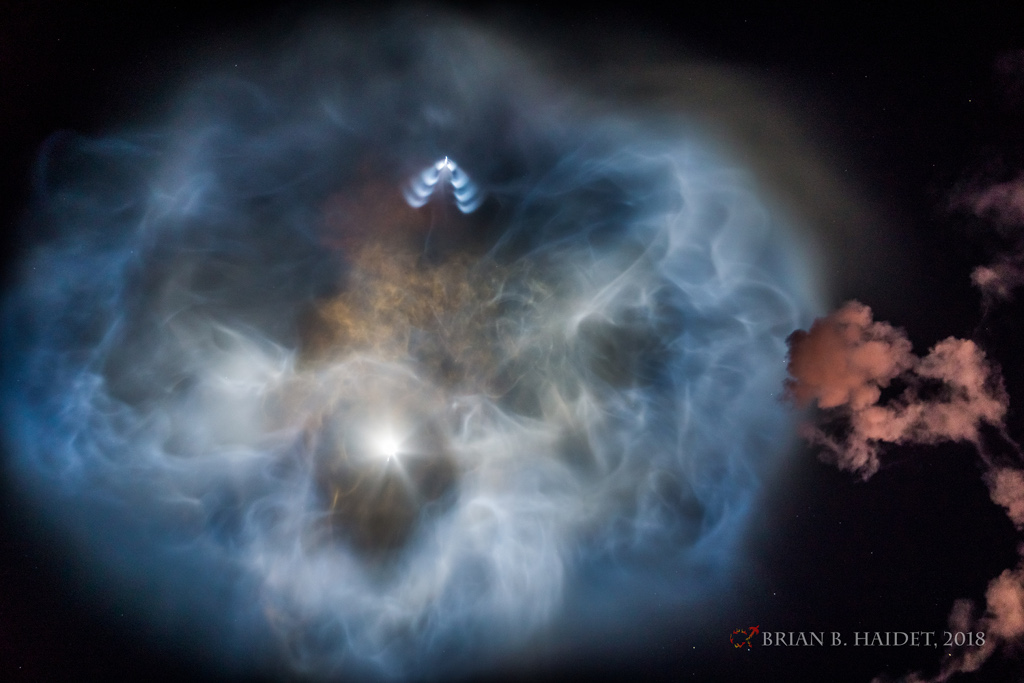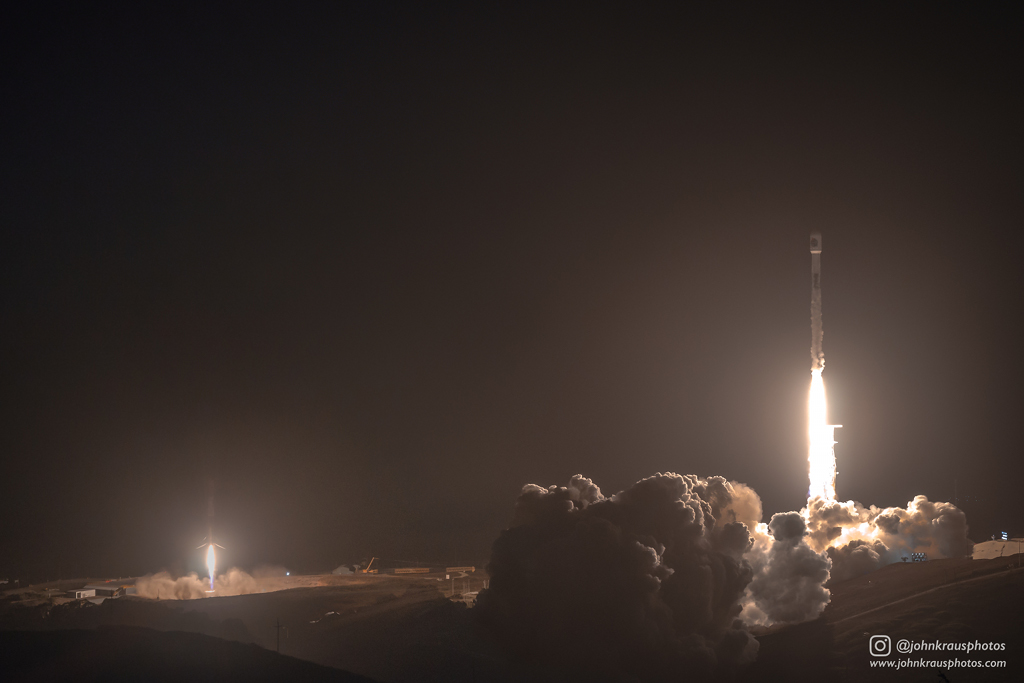
Orion in Red and Blue



Statement from NASA Administrator Jim Bridenstine about the Senate confirmation of James Morhard as the agency’s deputy administrator
from NASA https://ift.tt/2NAKrM9
via IFTTT![]()
Elementary school students from Missouri and Colorado will talk live with an astronaut on the International Space Station next week.
from NASA https://ift.tt/2EsI9zt
via IFTTT![]()

NASA will hold a news conference at noon EDT today, to provide a status update on the International Space Station following this morning’s Soyuz spacecraft abort during launch that ended with the safe landing of two Expedition 57 crew members.
from NASA https://ift.tt/2OR66UV
via IFTTT![]()
The following is a statement about Thursday’s Soyuz MS-10 launch aboard to the International Space Station:
from NASA https://ift.tt/2ORSn02
via IFTTT![]()
